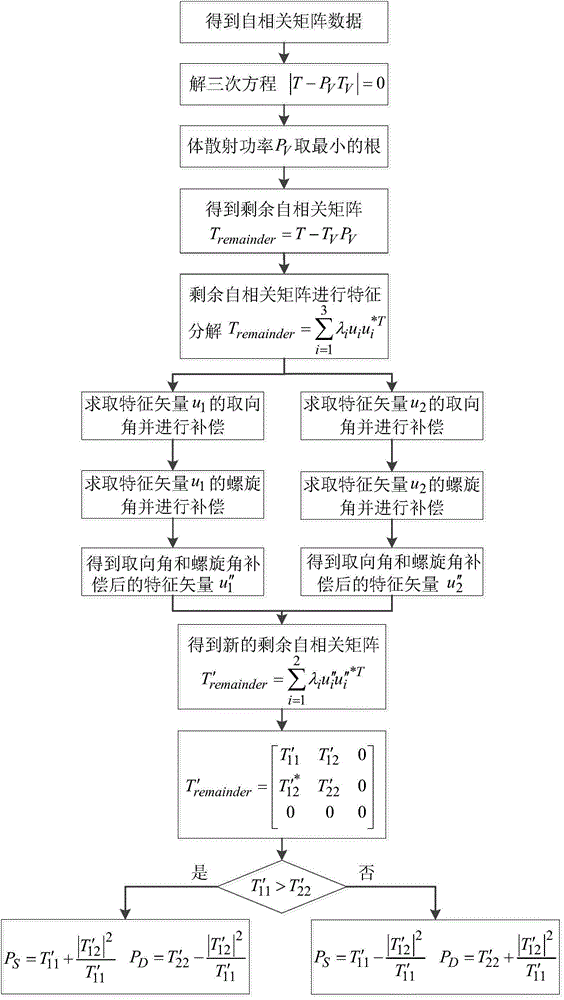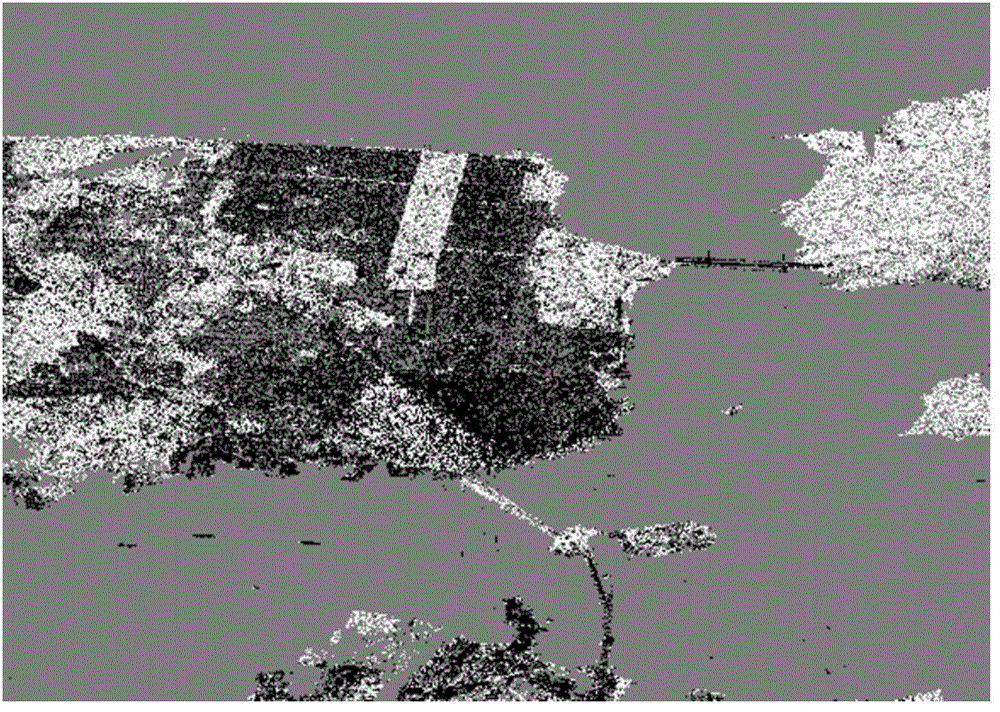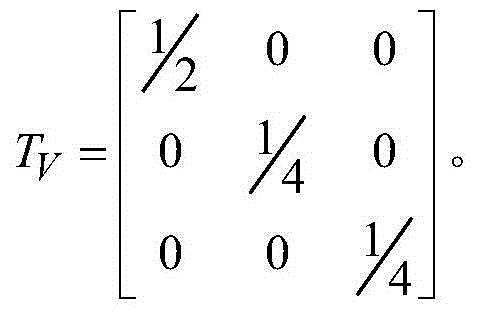Target decomposition method based on model for fully-polarized synthetic aperture radar
A technology of synthetic aperture radar and target decomposition, which is applied in the image information processing of full polarization synthetic aperture radar, target decomposition of full polarization synthetic aperture radar and model-based target decomposition, and can solve the problems of information loss, surface scattering power or dual Subscattering power is negative, etc.
- Summary
- Abstract
- Description
- Claims
- Application Information
AI Technical Summary
Problems solved by technology
Method used
Image
Examples
Embodiment Construction
[0044] The present invention will be further described now in conjunction with accompanying drawing.
[0045] The method of the present invention uses the non-negative eigenvalue decomposition under the assumption of non-reflection symmetry to obtain the volume scattering power, then performs eigenvalue decomposition on the remaining autocorrelation matrix, compensates the orientation angle and helix angle of the eigenvector respectively, and then converts the compensated eigenvalue The vectors are linearly combined to obtain a new compensated residual autocorrelation matrix, and finally the surface scattering power and double scattering power are calculated based on the new residual autocorrelation matrix by three-component decomposition method. In order to solve the problem that an orientation angle and a helix angle cannot represent all scatterers in a resolution unit, the method of the present invention uses two orientation angles and a helix angle when compensating the res...
PUM
 Login to View More
Login to View More Abstract
Description
Claims
Application Information
 Login to View More
Login to View More - R&D
- Intellectual Property
- Life Sciences
- Materials
- Tech Scout
- Unparalleled Data Quality
- Higher Quality Content
- 60% Fewer Hallucinations
Browse by: Latest US Patents, China's latest patents, Technical Efficacy Thesaurus, Application Domain, Technology Topic, Popular Technical Reports.
© 2025 PatSnap. All rights reserved.Legal|Privacy policy|Modern Slavery Act Transparency Statement|Sitemap|About US| Contact US: help@patsnap.com



